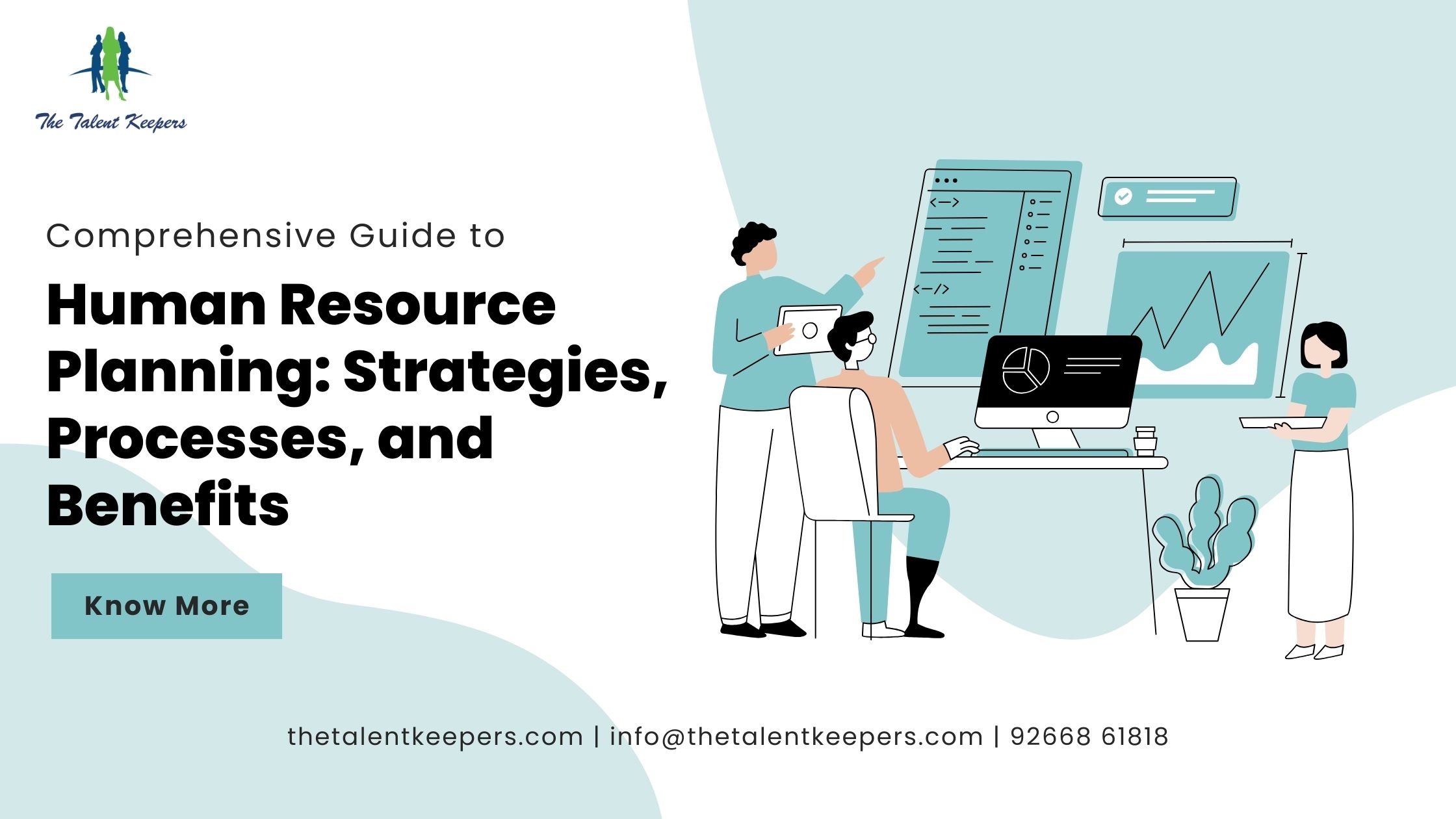What Is an Employee Wellness Program?
An employee wellness program is a set of policies and initiatives designed to improve the overall well-being of employees. These programs go beyond traditional healthcare benefits by offering resources and support that address physical, mental, and emotional health. From fitness initiatives to mental health support, employee wellness programs aim to foster a balanced lifestyle that enhances both personal and professional quality of life.
Employee wellness programs vary widely based on the specific needs of an organization and its workforce. While some companies offer gym memberships and nutrition counseling, others may provide stress management workshops, financial planning resources, or on-site medical services. The goal is to create a supportive environment that empowers employees to take charge of their well-being, leading to greater satisfaction and productivity.
Benefits of Wellness Programs
Improved Employee Health
Wellness programs encourage healthy habits that reduce the risk of chronic illnesses, absenteeism, and stress. Healthier employees are less likely to experience burnout, enhancing their capacity for consistent work performance.
Enhanced Productivity
Healthier, more engaged employees are more productive. By promoting physical activity, mental resilience, and work-life balance, wellness programs empower employees to stay focused and perform at their best.
Lower Healthcare Costs
By supporting preventive health measures, wellness programs help reduce healthcare costs for both employees and employers. Preventing illness and managing stress can lead to fewer doctor visits and lower insurance premiums.
Increased Employee Engagement and Morale
Wellness programs show employees that the company values their well-being, which increases engagement, loyalty, and overall morale. Employees who feel cared for are more likely to be motivated and committed to their roles.
Reduced Turnover Rates
Companies with strong wellness programs experience lower turnover rates. Employees appreciate a workplace that prioritizes their health and happiness, leading to long-term loyalty and reduced hiring costs.
Better Workplace Culture
Wellness programs promote a positive work culture by creating opportunities for social connections, team-building, and shared goals. This, in turn, builds trust and improves interpersonal relationships within the workplace.
Components of a Well-Run Wellness Program
An effective employee wellness program is structured, thoughtful, and designed to meet the unique needs of the workforce. Here are key components that contribute to a successful wellness program.
Holistic Approach to Well-Being
A holistic wellness program considers not only physical health but also mental, emotional, and financial well-being. By adopting this comprehensive approach, companies can address all areas of wellness and provide support that resonates with employees’ lives outside of work. Some essential aspects include:
Physical Wellness
Fitness classes, ergonomic assessments, on-site gyms, and wellness challenges encourage employees to stay physically active.
Mental Wellness
Stress management workshops, mental health days, counseling services, and mindfulness programs help employees manage their mental health.
Emotional and Social Wellness
Team-building activities, social gatherings, and peer support groups foster a supportive and connected work environment.
Financial Wellness
Budgeting workshops, retirement planning, and financial counseling services assist employees in managing their finances, reducing financial stress.
10 Workplace Wellness Programs and Strategies That Emphasize Employee Well-being

On-Site or Virtual Fitness Classes
Offering fitness classes like yoga, aerobics, or pilates, whether in-person or virtually, can encourage employees to stay active. These classes can be held during lunch hours or after work, making it convenient for employees to participate.
Mental Health Days and Flexible Leave
Providing designated mental health days and flexible leave policies allows employees to recharge and manage stress. Acknowledging the importance of mental health helps employees feel supported in maintaining their well-being.
Healthy Eating Initiatives
Companies can promote healthy eating by offering nutritious snacks, hosting lunch-and-learn sessions on nutrition, or providing meal prep services. When healthy choices are encouraged and accessible, employees are more likely to make lifestyle changes that benefit their health.
Stress Management Workshops
Workshops on stress management, mindfulness, and resilience can equip employees with tools to handle work pressures. Regular sessions or online resources focused on relaxation techniques, breathing exercises, and meditation can be highly beneficial.
Employee Assistance Programs (EAPs)
EAPs provide confidential counseling services to employees facing personal or work-related challenges. These programs offer support on topics ranging from stress and anxiety to financial concerns, helping employees manage issues before they affect their work.
Financial Wellness Programs
Financial wellness initiatives, such as retirement planning seminars, budgeting workshops, or access to financial advisors, can help employees reduce financial stress. When employees feel financially secure, they’re more focused and engaged.
Sleep Health and Recovery Programs
Offering resources on sleep health, such as seminars on healthy sleep habits or relaxation techniques, can help employees improve sleep quality. Quality sleep is vital for mental clarity, mood stability, and overall health.
Flexible Work Arrangements
Allowing flexible work schedules or remote work options gives employees greater control over their time, helping them balance work and personal responsibilities. Flexibility is a key aspect of employee well-being that reduces burnout and boosts morale.
Team Building and Social Activities
Hosting regular social events, team-building activities, and group outings can improve interpersonal connections within the workplace. When employees feel connected and part of a team, they’re more likely to enjoy coming to work.
Incentivized Health Challenges
Running health challenges, such as step competitions, hydration challenges, or wellness streaks, motivates employees to stay active and healthy. Providing rewards, such as gift cards or additional paid time off, can boost participation and engagement.
Employee Wellness Programs FAQ
Yes, wellness programs focused on preventive health can reduce healthcare expenses by promoting healthier lifestyles and reducing the risk of chronic conditions. Companies often experience lower healthcare premiums and fewer claims as a result.
Conclusion
Well-designed employee wellness programs are invaluable in today’s workplace, driving health, morale, and productivity. By investing in wellness, companies show their commitment to the well-being of their teams, leading to a more satisfied, engaged, and productive workforce. At The Talent Keepers, we’re committed to helping businesses create effective wellness programs that make a real difference.
Ready to prioritize employee wellness? Contact us today to learn more about how our tailored solutions can support your company’s wellness initiatives and help your team thrive!





